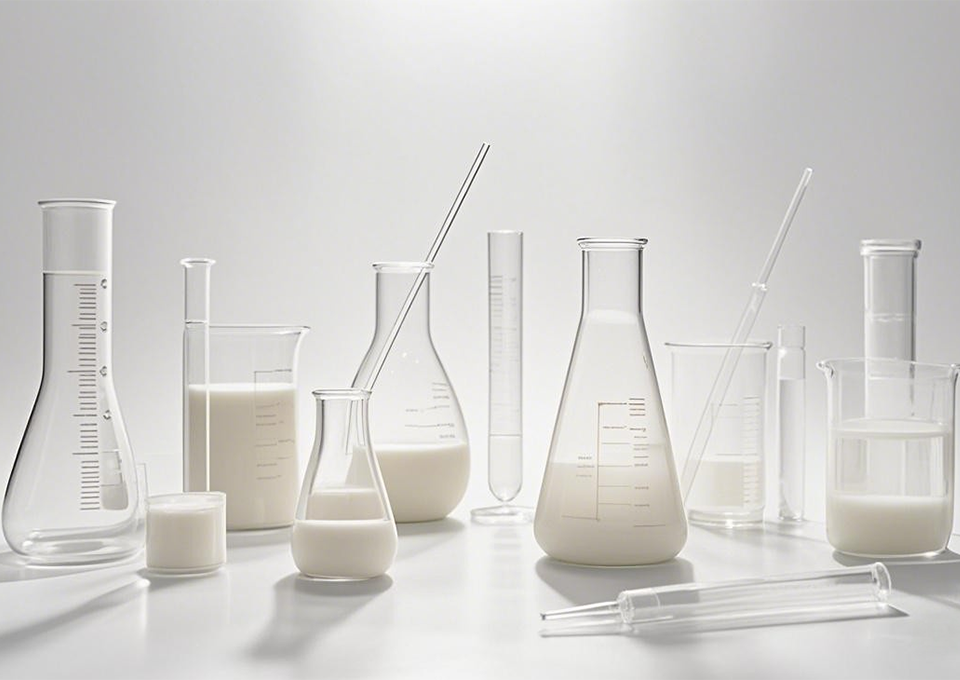Acrylate emulsion prices are influenced by a complex interplay of factors, including raw material costs, production expenses, market demand, and supply chain dynamics. Raw materials, particularly acrylic monomers like 2-ethylhexyl acrylate (2EHA), are a primary cost driver—fluctuations in monomer prices, due to changes in feedstock (such as propylene) availability, energy costs, or global supply-demand imbalances, directly impact emulsion pricing. E Plus Chemical Co., Ltd. mitigates some of this volatility through its integrated industrial chain, producing 2EHA in-house with an annual capacity of 50,000 tons, which enhances cost control. Production expenses, including energy consumption for automated lines, labor, and maintenance of advanced polymerization equipment, also contribute to pricing. Market demand, driven by industries like coatings, adhesives, and packaging, affects prices: high demand during peak seasons can lead to price increases, while oversupply may result in competitive pricing. Regional factors, such as transportation costs, import/export tariffs, and local regulations, further influence prices in different markets. Additionally, product specifications—such as customized formulations with enhanced properties (e.g., high water resistance or low VOCs)—can command premium prices due to the additional R&D and production efforts required. E Plus Chemical’s large-scale production (240,000 tons annually for acrylic water-based resins) enables economies of scale, supporting competitive pricing while maintaining quality. Customers purchasing in bulk may benefit from volume discounts, as bulk orders reduce per-unit handling and transportation costs. Overall, acrylate emulsion prices reflect a balance of these factors, with reliable suppliers like E Plus Chemical offering transparent pricing aligned with product quality and market conditions.
